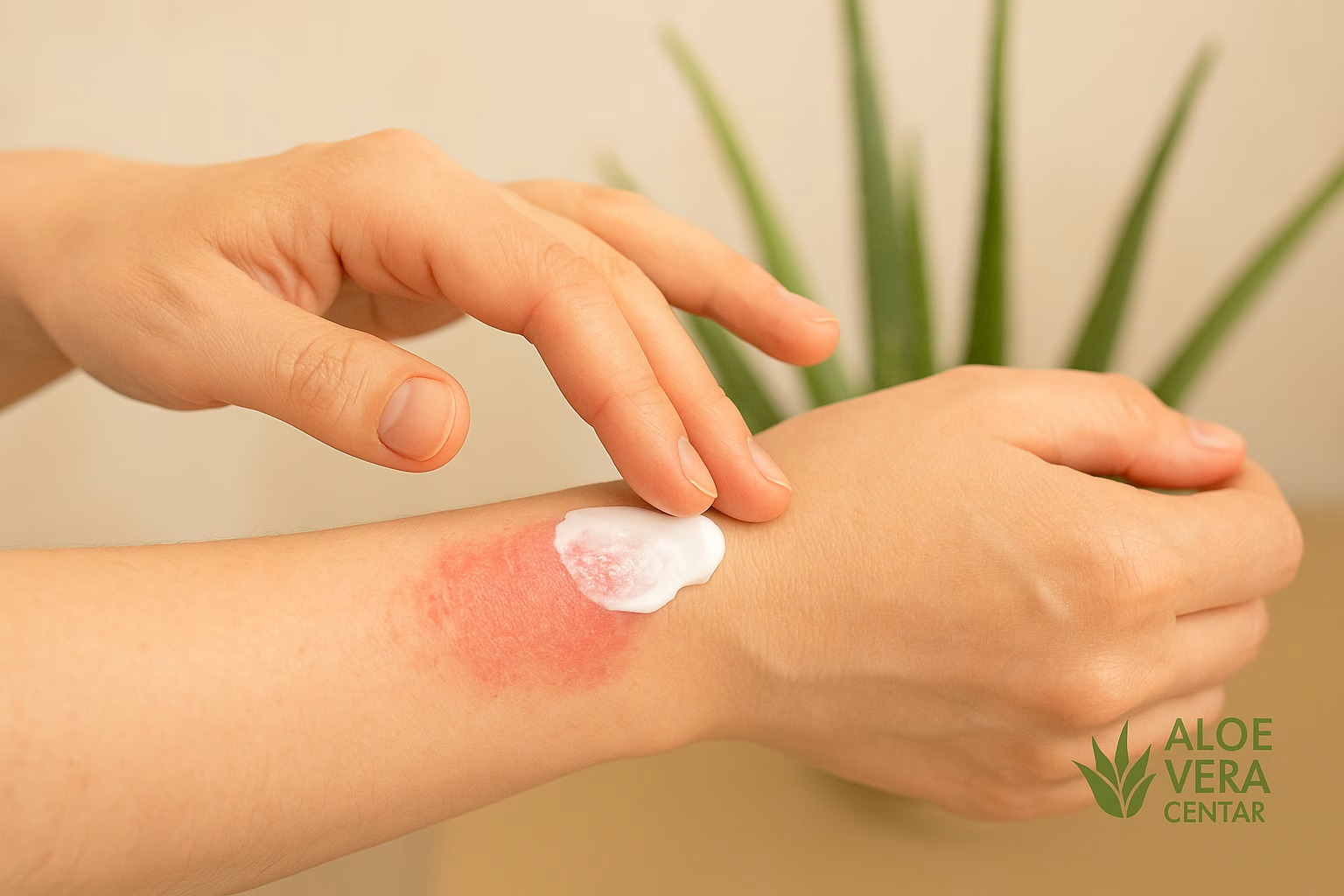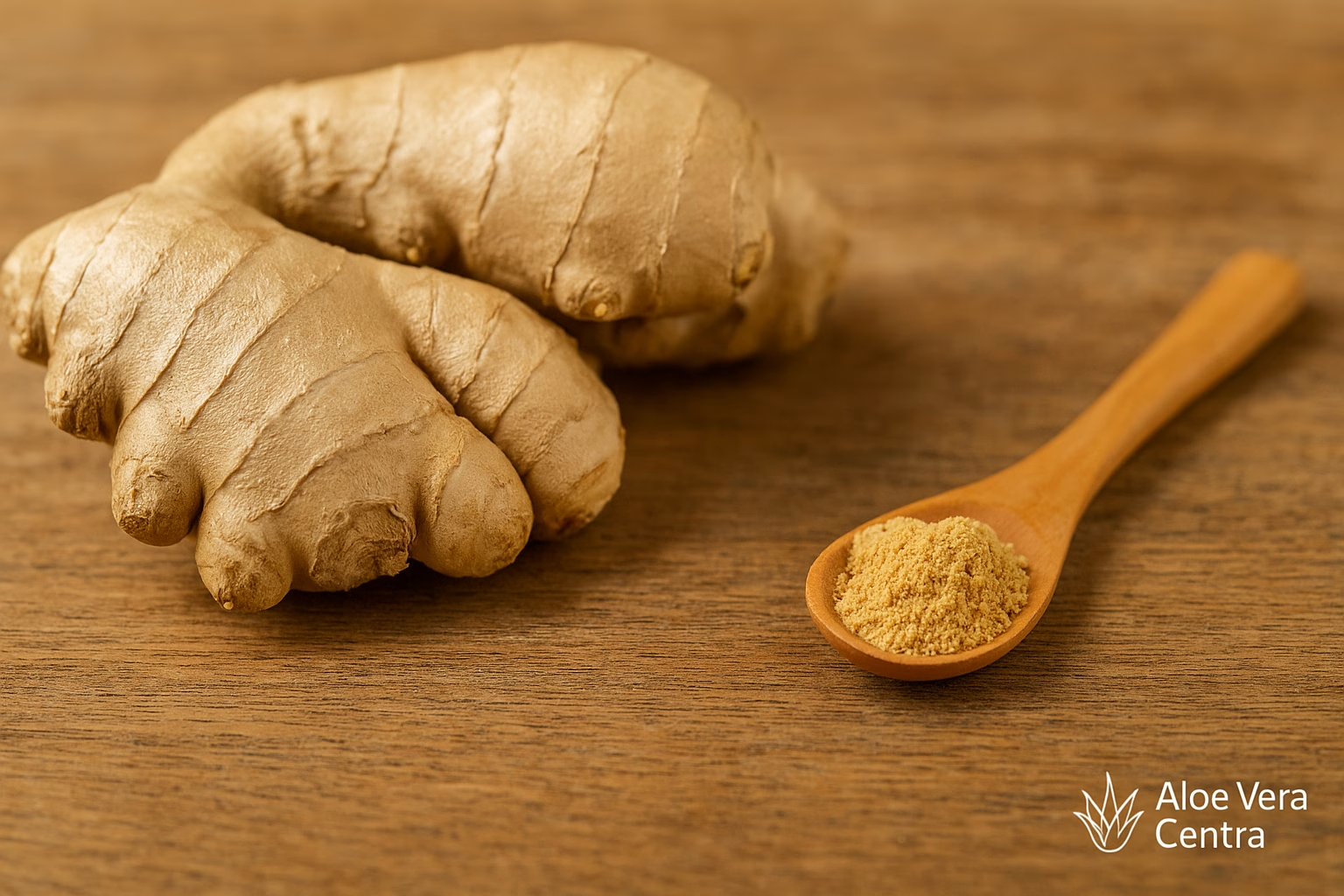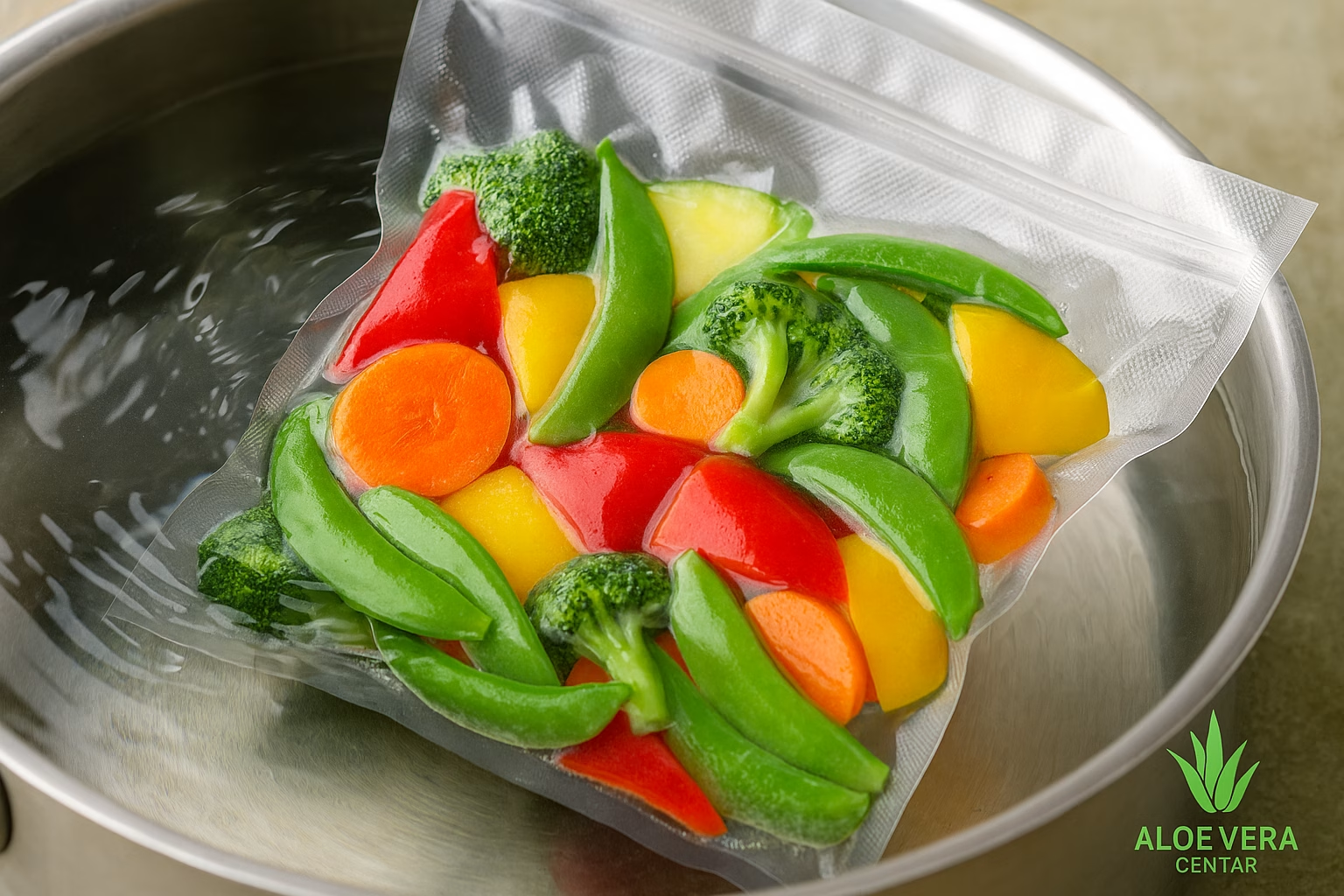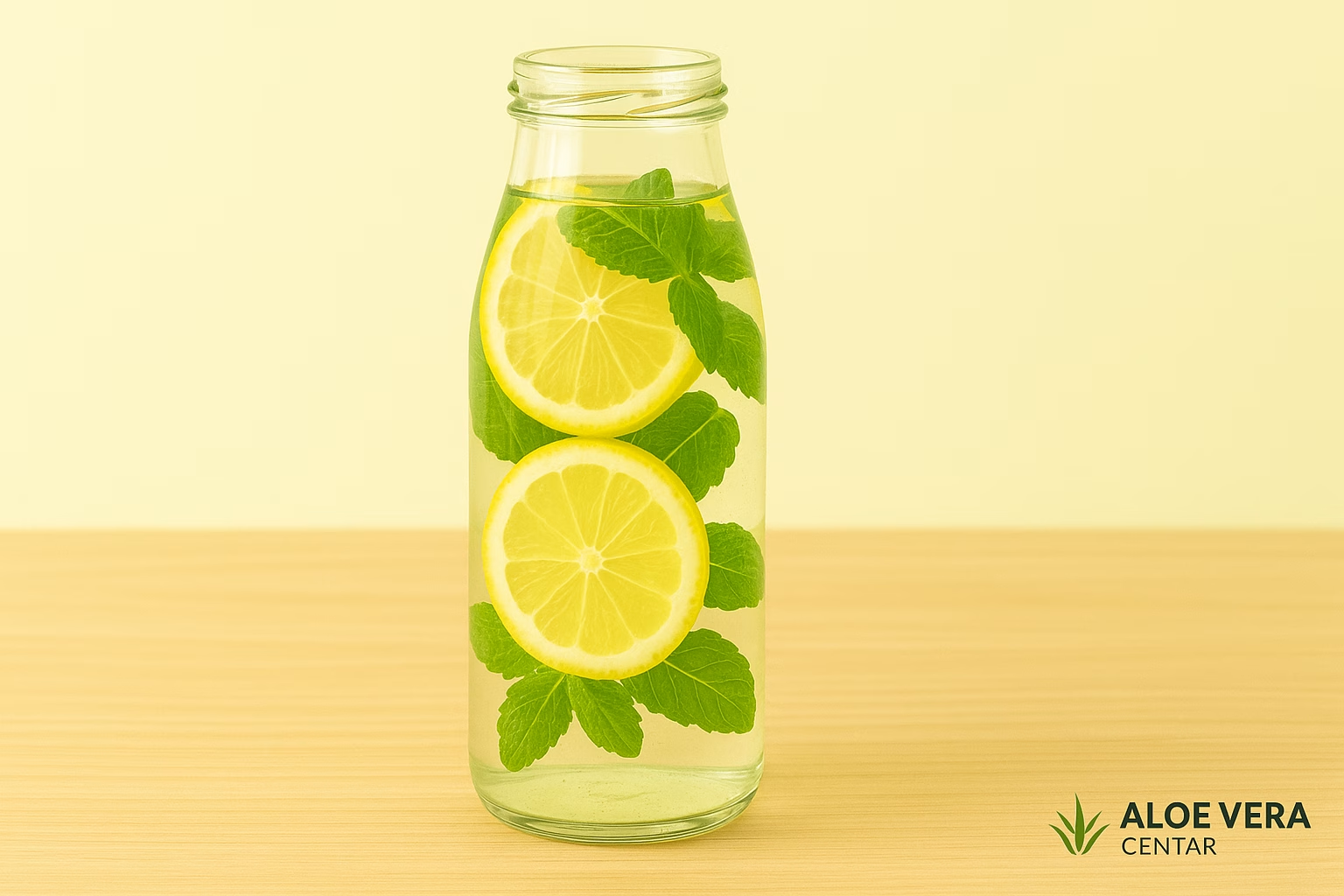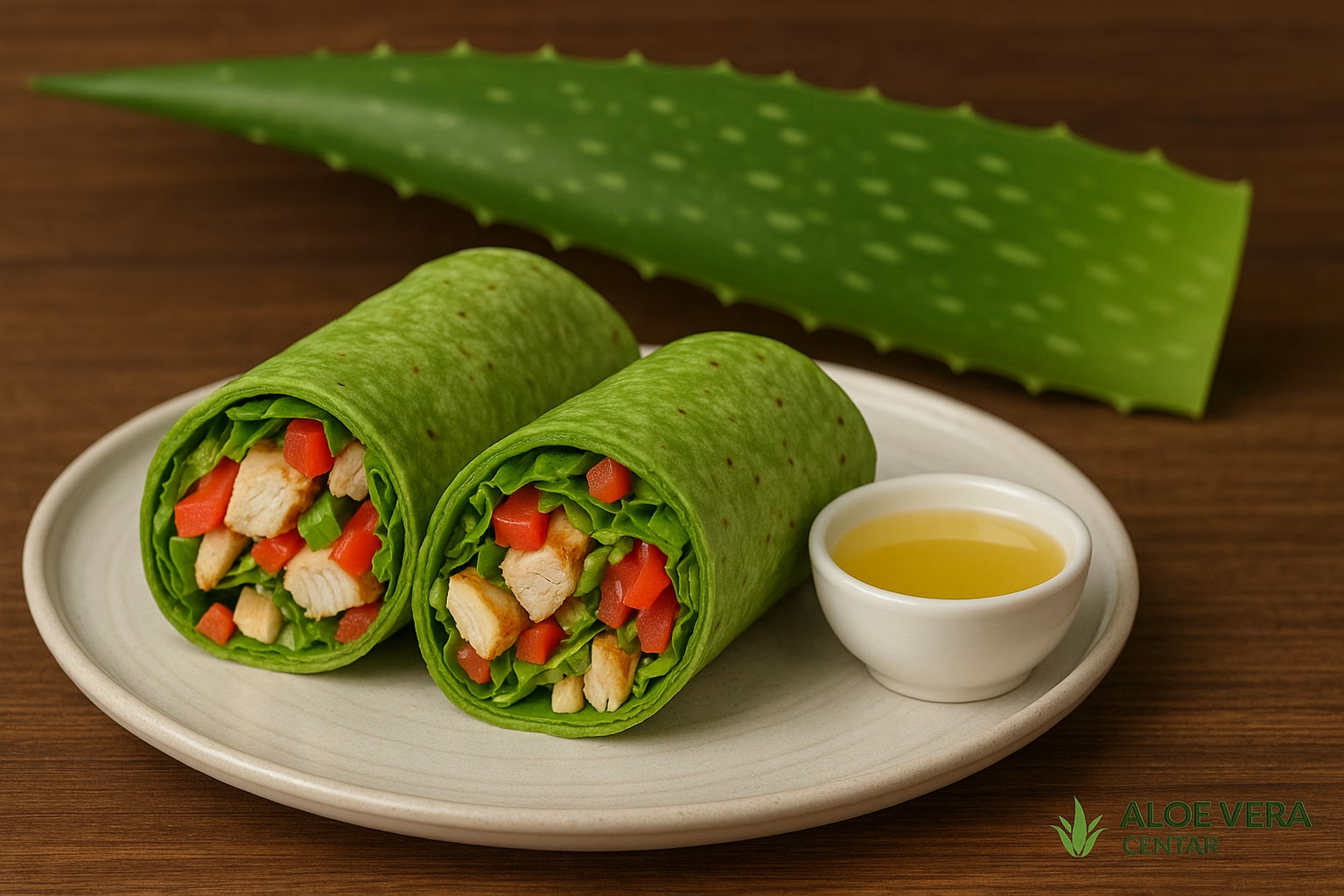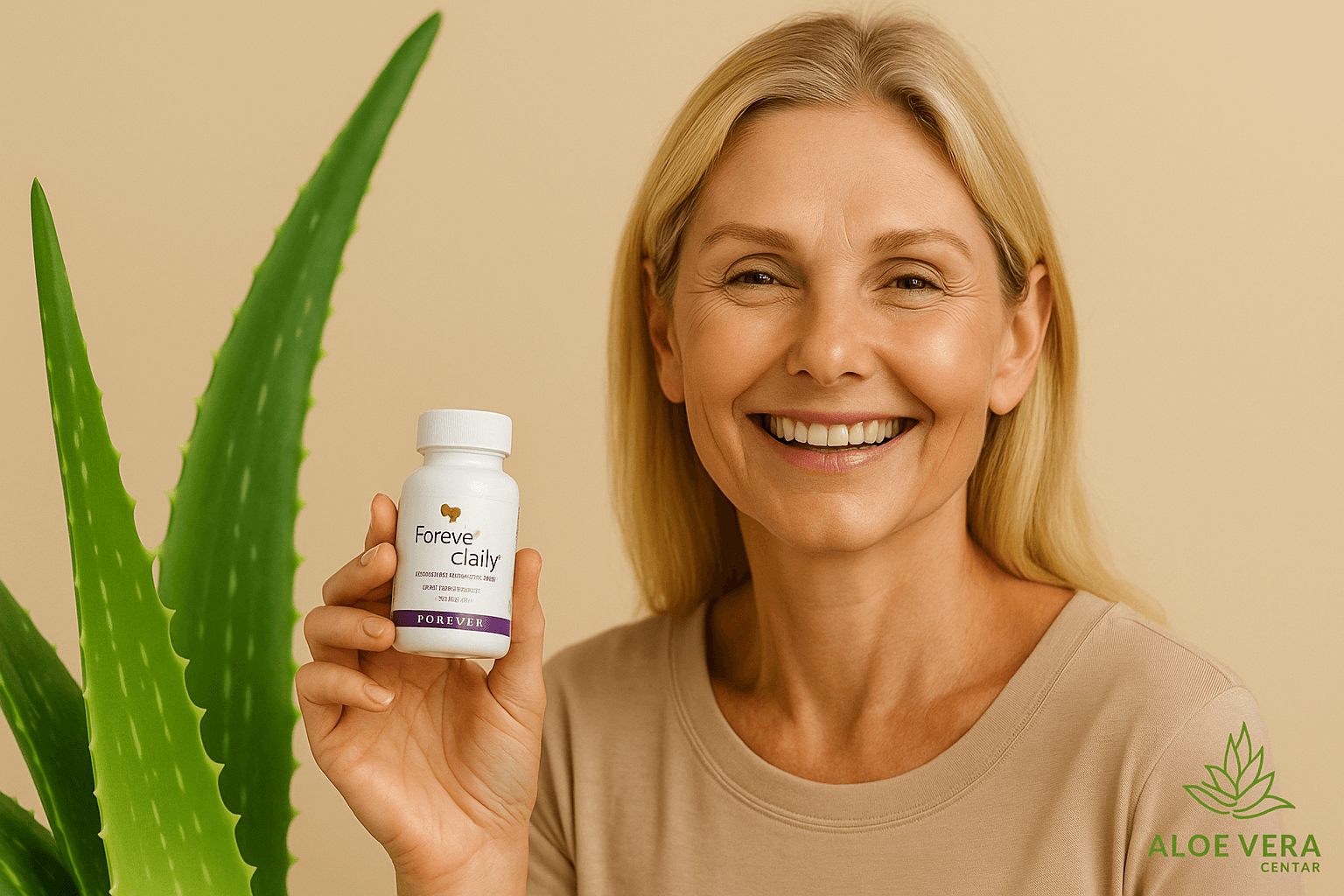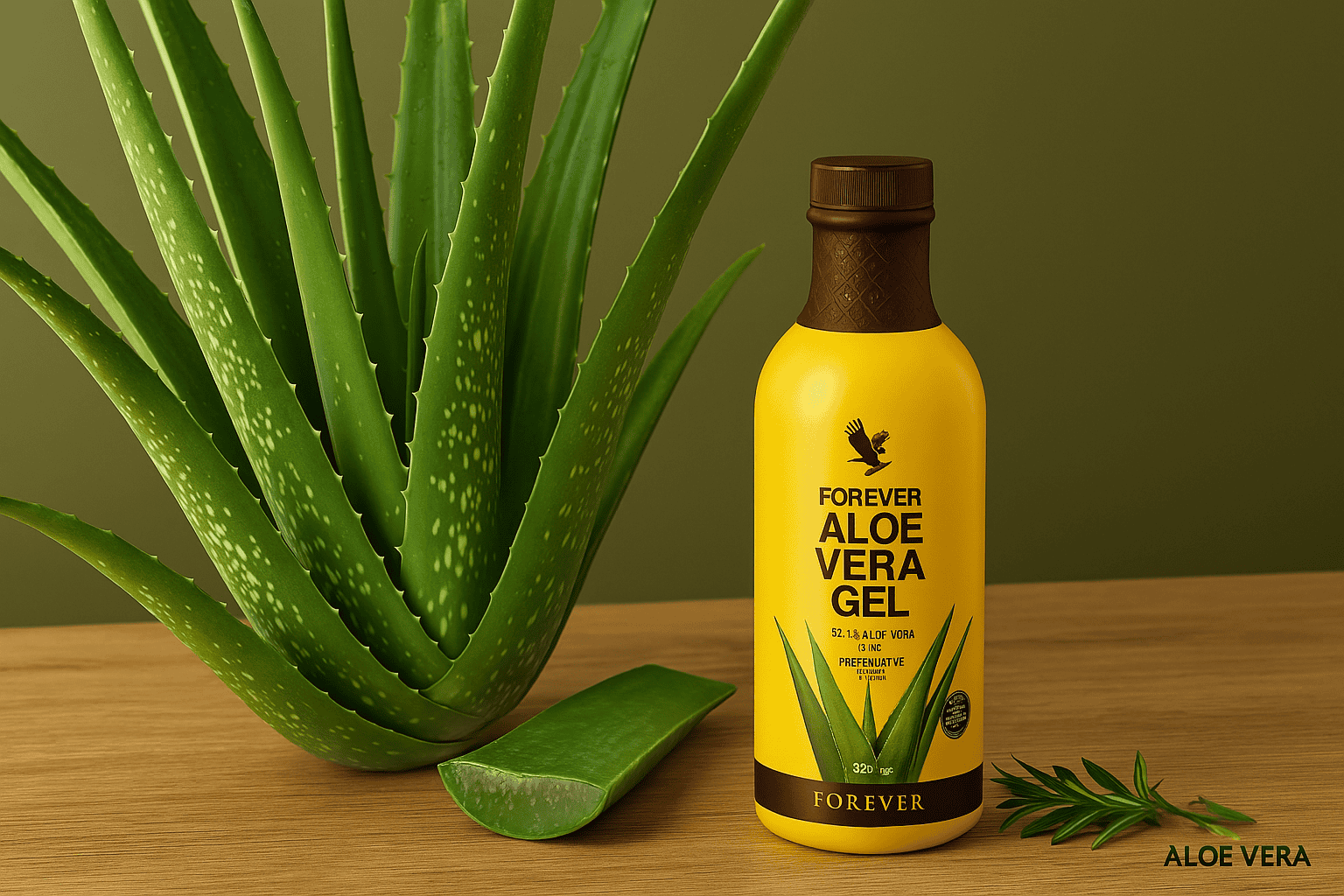
Aloe vera: Where to buy and how to recognize a real medicinal plant
Aloe vera – where to buy and how to recognize a real medicinal plant
Aloe vera (or aloe vera barbadensis miller ) has been known for its powerful healing properties for centuries. Today, more and more people are turning to natural solutions to boost immunity, improve digestion, care for the skin, and combat inflammatory conditions. Therefore, the question arises: “Where to buy real aloe vera and what to look for?”
In this guide, you will learn how to recognize quality aloe vera, what benefits it offers, how it can be used, and how to properly dose it. We will explain how to distinguish between ornamental and medicinal aloe, what aloe vera gel is and what aloe vera juice is, and how you can benefit from this miraculous plant if you cannot grow enough of it yourself. Finally, we will provide you with practical skin care tips, recipes that include aloe vera for beauty and health, and instructions on where you can safely get it.
Why is aloe vera so popular?
Aloe vera is one of the few plants that we can use almost completely – from cosmetics to dietary supplements. The inner transparent gel from the fleshy leaves is rich in vitamins A, B1, B2, B3, B6, B9, B12, C and E, numerous minerals (such as calcium, potassium, magnesium and iron) and amino acids and enzymes. Numerous studies indicate that aloe vera helps with:
- Strengthening the immune system : Stimulates the body’s natural defense mechanisms.
- Improves digestion : Contains compounds that can regulate bowel function, relieve constipation and support the microbiome.
- Skin care : Relieves inflammation, helps with eczema, hives and acne, and generally hydrates.
- Reducing blood sugar levels : Some users notice the beneficial effects of aloe vera on diabetes (with regular check-ups and doctor’s instructions).
- Regulating inflammatory conditions : Anti-inflammatory properties can help with arthritis and other chronic conditions.
But to reap the full benefits, it’s crucial to know how to identify the right medicinal species and where to find a quality product. There are numerous products on the market – from questionable quality creams to pure gel and juice, and even plants that many people mistakenly confuse with “real aloe.”
Medicinal vs. ornamental aloe – what’s the difference?
Not every aloe grown in a pot or garden is medicinal. There are over 400 species of aloe, but the best known and most valued for health purposes is Aloe Barbadensis Miller , often called “true aloe vera.” Unlike some other species, this one has:
- Thick, fleshy leaves filled with a transparent gel.
- Slightly serrated leaf edges.
- Green-gray leaves, sometimes with light spots that disappear with age.
- More potent medicinal components in the inner gel (compared to ornamental varieties).
Ornamental aloes are often grown for their decorative appearance, but they do not possess the same therapeutic properties. While some have decorative patterns, dots, or slender leaves, the “true” Aloe Barbadensis Miller is usually recognized by its thicker leaves and abundant gel.
Aloe vera: gel, juice or fresh leaf?
Which shape is best? It all depends on your needs and lifestyle:
- Fresh leaf : Ideal if you have the ability to grow the plant in larger quantities. You cut each leaf just before using it and the fresh gel is the richest in enzymes. However, the plant needs to be old enough (at least 2-3 years) to have significant medicinal properties.
- Aloe vera gel (100% stabilized) : If you can’t grow enough, a great option is to buy pre-made pure gel. It’s important to look for certifications and claims that it’s the “inner part of the leaf” – no bark and no added chemicals.
- Aloe vera juice : It is usually a rarer gel variant, often enriched with natural flavors (like lemon or cranberry). It is suitable for daily consumption, but pay attention to the fact that it contains a high percentage of real aloe vera juice.
If you decide on one of the purchase variants, it is crucial to check the certificates (eg IASC – International Aloe Science Council), and it is also good to inquire about the manufacturer and the method of stabilization. This will help you avoid products that contain a lot of water, artificial preservatives or a minimal amount of real aloe vera.
How to consume aloe vera gel or juice?
1. Daily dose and advice
The average daily dose for maintaining general health is often around 0.5 – 1 dcl of gel or juice per day. For more severe digestive problems or inflammatory conditions, you can divide the dose into 2–3 smaller portions throughout the day. For example:
- For mild digestive problems : drink 0.5 dl in the morning on an empty stomach.
- For inflammatory conditions in the stomach or intestines : 0.5 dcl twice a day, for at least 4 consecutive weeks.
- For general immune strengthening : 0.3–0.5 dcl once a day, preferably before meals.
Always start with small amounts and gradually increase to see how your body reacts. Some people may experience mild stomach discomfort or diarrhea if they suddenly ingest too much aloin, a substance found in the bark of the leaf. In a well-prepared gel, the bark is removed to minimize the presence of aloin.
2. Consuming fresh gel from a native plant
If you have a mature aloe vera plant, you can simply cut open a leaf, wash it, remove the green skin (and the yellowish film – called aloin), and use the clear gel from the center of the leaf. Here’s how:
- Using a sharp knife, remove the top of the leaf and the side serrated edges.
- Cut the leaf lengthwise, remove the bark from the top.
- “Extract” the clear gel with a spoon or knife.
- If necessary, rinse the gel to remove any remaining yellowish layer.
- You can use the gel immediately or store it in the refrigerator for up to 7 days in a sterile container.
Fresh gel oxidizes quickly, so it is best to consume it or apply it to the skin immediately after extraction.
Aloe vera for skin and hair care
For many, aloe vera is synonymous with skin care. The nutrient-rich gel helps hydrate, soothe irritated skin , and reduce inflammation. Here are a few simple recipes:
1. Moisturizing and soothing face mask
This mask is ideal for sensitive, dehydrated or dull skin. Required ingredients:
- 2 teaspoons of aloe vera gel
- 1 teaspoon of rose water
- 1 teaspoon almond oil
- Cucumber juice or paste (blended in a blender)
Mix everything in a bowl and apply to your face. Leave on for 15 minutes, then rinse with lukewarm water. Aloe vera will soothe your skin, rose water will further hydrate, and almond oil will nourish and soften the surface layer of your skin.
2. Aloe vera hair gel
Aloe vera can help restore moisture to your hair and soothe any irritation to your scalp. For soft, healthy hair:
- Mix equal parts aloe vera gel and cold-pressed oil (coconut, almond, macadamia or avocado).
- Massage into the scalp and run the mixture through the entire length of your hair.
- Leave it on for at least 30 minutes to 1 hour (or overnight). Then wash your hair.
- Add a little lemon juice if you want an extra scalp cleansing effect.
This pack “locks” moisture in the hair, and the hair remains more supple and shiny. If you are looking for a ready-made natural shampoo and conditioner with aloe vera, check products from a reliable manufacturer with a quality certificate.
3. Aloe vera after sunbathing
If you have suffered a sunburn or simply want to soothe your skin after sun exposure, try this recipe:
- Mix aloe vera gel, natural yogurt, and minced fresh cucumber into a paste.
- Apply to damaged areas (e.g. redness or light burns) and leave for 15–30 minutes.
- Rinse gently with water or with a towel.
Aloe vera, along with yogurt, helps to deeply hydrate the skin and speed up recovery.
Side effects and allergies
Although aloe vera is generally safe for most people, it is important to keep in mind:
- Allergic reactions : They are very rare to pure, organically grown aloe vera, but sometimes they occur due to other ingredients (eg preservatives in low-quality cosmetics).
- Questionable sources : If the plant has been treated with pesticides or if the product contains “questionable” additives, irritation or unpleasant side effects may occur.
- Advice for pregnant and nursing women : Some pregnant and nursing women prefer to avoid internal aloe vera products without consulting a doctor. However, high-quality, proven aloe vera, in normal amounts, is usually not a problem. It is always best to consult a medical professional.
- Possible laxative effect : If the juice contains the leaf bark (along with aloin), it may cause diarrhea in some people. Quality products remove the bark and contain minimal traces of aloin.
Where to buy Aloe vera?
Now that we’ve explained what forms are available and how to use them, you’re probably wondering where to find quality aloe vera. Here are a few sources:
- Growing your own: If you have the conditions (enough light and warmth, a suitable substrate, and enough space), you can grow Aloe Barbadensis Miller in your own home. However, for continuous use – especially if you want to drink the gel regularly – you will need quite a few plants.
- Verified brands and distributors: It is safest to buy from companies with a long tradition and quality certificates (eg IASC). Forever Living Products is one of the world’s largest manufacturers, with a patented stabilization process and no preservatives in the gel.
- Webshops with certificates : On the official websites of manufacturers (e.g. foreverliving.com ), you can often find accurate information about the origin, cultivation and production methods. You should pay attention to buying directly from the company or authorized representatives.
- Specialized health food stores and pharmacies : Some pharmacies and stores offer pure aloe vera gel or juice, but even here it is crucial to read the label and make sure of the quality.
Aloe vera prices vary depending on quality, manufacturer, and form. For example, a monthly dose (3 liters of gel) often comes with a discount of 15% or more, depending on promotions and packages.
How to recognize real, medicinal aloe vera in a product?
Commercial products can sometimes mislead customers by advertising that they “contain aloe vera,” even though the actual amount of this plant is minimal. To be sure:
- Check the label : The first or second ingredient on the ingredient list should be “Aloe Barbadensis Leaf Juice” or “Aloe Barbadensis Gel.” If it’s far down the list, the amount is probably very low.
- Look for certifications : IASC or similar independent organizations provide confirmation that it is high-quality aloe vera.
- Avoid artificial colors and unnecessary preservatives : Quality products manage to stabilize aloe vera without adding excessive chemicals.
- Check the expiration date : A shorter expiration date sometimes indicates fewer preservatives and a more natural composition. Of course, you should always store the product according to the instructions.
Don’t be fooled by “cheap” options
For many, price is a major factor in their choice. But when it comes to quality aloe vera, “cheap” can end up not only being “ineffective” but also potentially harmful (due to pesticides, excessive aloin, or other bad ingredients). Quality aloe vera isn’t necessarily a “luxury” product, but it will never realistically be absurdly cheap if it’s produced to strict standards.
What do users say?
The best way to see the value of a particular product is through the experiences of others . Many users testify to:
- Better digestion and regular bowel movements after just a few weeks.
- Improved immune system, fewer colds and faster recovery.
- Effective help with skin problems such as eczema, dermatitis and urticaria.
- Achieving a healthier glow to skin and hair when aloe vera is used both orally and topically.
Of course, everyone reacts differently and results may vary depending on lifestyle, diet, and any chronic diseases.
Conclusion: Aloe vera as a multi-useful plant
Aloe vera has long been considered the “queen of medicinal plants” – and for good reason. Whether you want to support digestion, boost your immune system or get rid of skin problems, this plant has proven to be a universal ally.
If you are looking for where to buy real aloe vera, the most important thing is to check the sources and choose a proven manufacturer that guarantees a high percentage of pure gel. For those who like to grow at home, Aloe Barbadensis Miller is a great project, but for more serious needs you may still need to obtain additional quantities from reliable sources.
Did you like this article? We also recommend reading Father Romano Zag’s Aloe Vera Recipe and discover even more ways to integrate aloe vera into your daily life. This plant is definitely worth getting to know and including in your beauty and health routine!
This content is not a substitute for professional medical advice, diagnosis, or treatment. If you have a serious medical condition, are pregnant, or are breastfeeding, consult a qualified professional before consuming large amounts of aloe vera.

